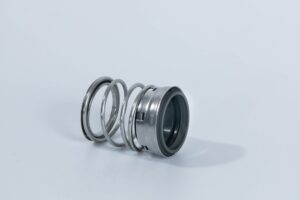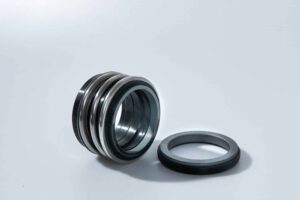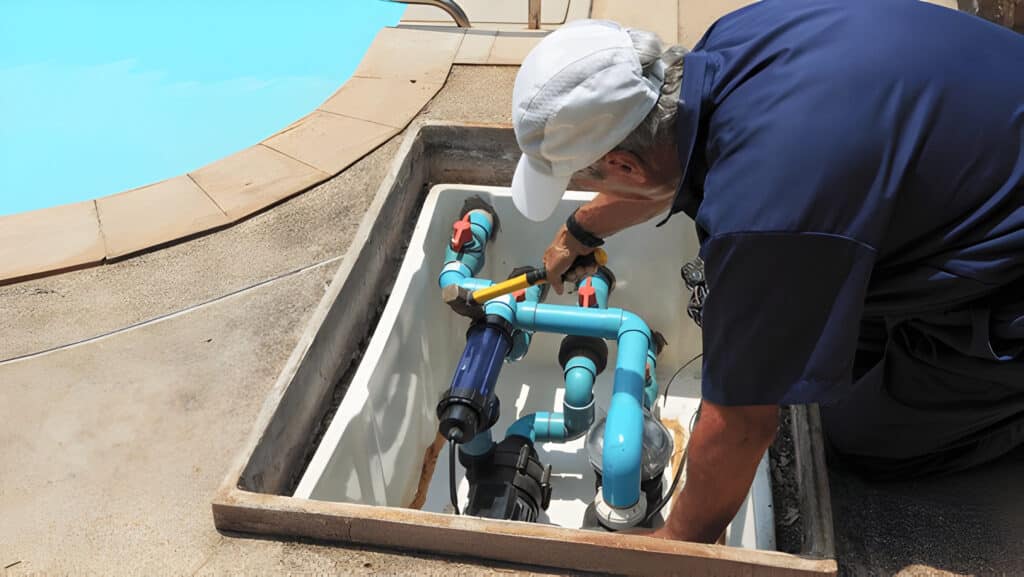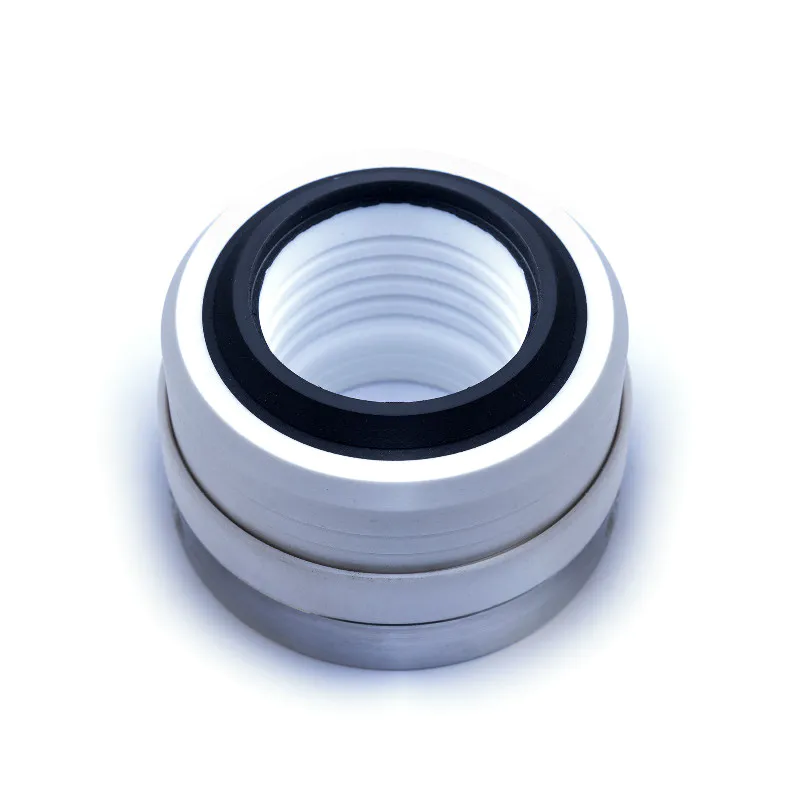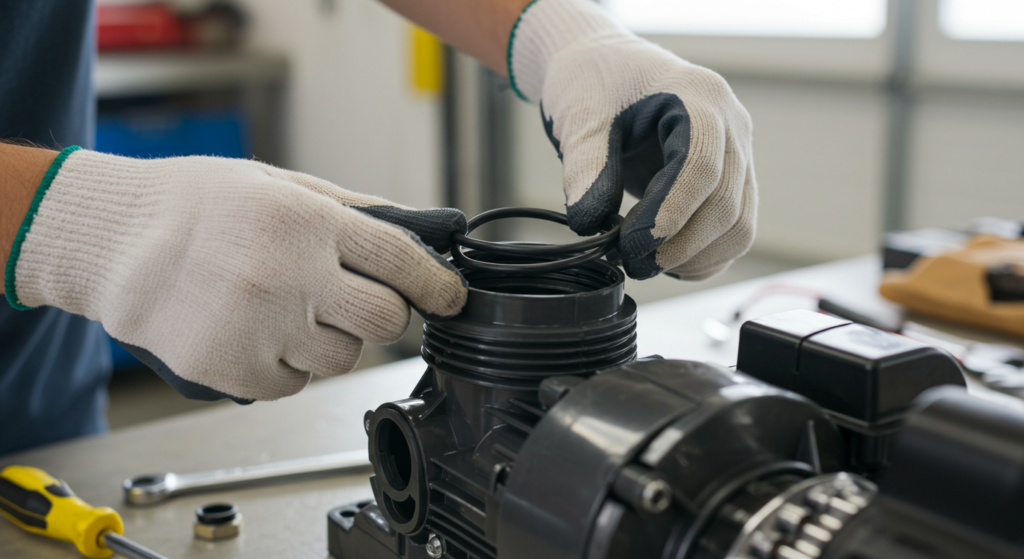Valve flow coefficient (CV) is a critical factor in determining the flow capacity of a valve in fluid systems. This comprehensive article explores the concept of valve flow coefficient, its calculation, and its significance in valve sizing and selection.

What Is Valve Flow Coefficient (CV)
Valve flow coefficient (CV) is a measure of a valve’s ability to allow fluid flow under specific conditions. It represents the volume of water, in gallons per minute (GPM), that will flow through a fully open valve with a pressure drop of 1 psi across the valve. CV is a standardized value that enables comparison of flow capacities across different valve types and sizes.
Valve Flow Coefficient (CV) Formula
Equation for Calculating CV
The basic equation for calculating CV is:
CV = Q ÷ √(ΔP ÷ SG)
Where:
- Q = Flow rate (GPM)
- ΔP = Pressure drop across the valve (psi)
- SG = Specific gravity of the fluid (water = 1)
Liquid Flow
For liquid flow, the CV formula remains the same as the basic equation. However, it is essential to consider the fluid’s specific gravity and ensure that the flow rate and pressure drop are expressed in the correct units (GPM and psi, respectively).
Gas Flow
When calculating CV for gas flow, the formula is modified to account for the compressibility of gases:
CV = Q ÷ (22.67 × √((P1 – P2) ÷ (SG × T)))
Where:
- Q = Gas flow rate (SCFM)
- P1 = Inlet pressure (psia)
- P2 = Outlet pressure (psia)
- SG = Specific gravity of the gas (air = 1)
- T = Absolute temperature (°R)
Steam Flow
For steam flow, the CV formula is similar to the gas flow equation but with different constants:
CV = W ÷ (2.1 × √(ΔP ÷ (SG × P1)))
Where:
- W = Steam flow rate (lb/hr)
- ΔP = Pressure drop across the valve (psi)
- SG = Specific gravity of the steam (saturated steam = 0.6)
- P1 = Inlet pressure (psia)
Viscous Fluids
When dealing with viscous fluids, the CV value may need to be adjusted to account for the increased resistance to flow. Manufacturers often provide correction factors or charts to determine the appropriate CV for viscous fluids.
How to Size a Control Valve
Sizing a control valve involves selecting a valve with the appropriate CV to achieve the desired flow rate and pressure drop. The process typically involves the following steps:
- Determine the required flow rate and allowable pressure drop for the system.
- Calculate the required CV using the appropriate formula based on the fluid type (liquid, gas, or steam).
- Select a valve with a CV equal to or greater than the calculated value.
- Verify that the selected valve meets other system requirements, such as pressure rating, temperature compatibility, and material compatibility.
Factors Influencing Valve CV
Valve Size, Type, and Internal Geometry
Valve size directly affects the CV, with larger valves generally having higher CV values. The valve type (e.g., globe, ball, butterfly) and its internal geometry, such as the shape and size of the flow path, also impact the CV.
Valve Materials and Trim
The materials used in valve construction and the type of trim (e.g., stellite, stainless steel) can influence the valve’s flow characteristics and, consequently, its CV. Some materials may cause greater flow restrictions, resulting in a lower CV.
Fluid Properties (Viscosity, Density, Temperature)
Fluid properties, such as viscosity, density, and temperature, can affect the valve’s flow capacity. Higher viscosity fluids may require a larger CV to maintain the desired flow rate. Changes in fluid density and temperature can also impact the CV.
Flow Profile (Laminar vs. Turbulent)
The flow profile, whether laminar or turbulent, can influence the valve’s performance and CV. Laminar flow tends to result in a more stable and predictable CV, while turbulent flow may cause fluctuations in the valve’s flow capacity.
Pressure Rating and Differential Pressure
The valve’s pressure rating and the differential pressure across the valve can affect the CV. Higher pressure drops may require a larger CV to maintain the desired flow rate.
CV Characteristics of Common Valve Types
| Valve Type | Typical CV Range | Advantages | Limitations |
|---|---|---|---|
| Globe Valves | Low to High | Precise control, wide range of sizes and materials | Higher pressure drop, limited flow capacity |
| Ball Valves | Medium to High | High flow capacity, tight shutoff, low pressure drop | Limited control precision, larger size |
| Butterfly Valves | Medium to High | Compact design, lightweight, low pressure drop | Limited control precision, not suitable for high-pressure applications |
| Gate Valves | High | High flow capacity, low pressure drop | Poor control precision, not suitable for throttling |
FAQs
Can I Change the CV on a Control Valve?
In most cases, the CV of a control valve is fixed and cannot be changed. However, some valves may offer interchangeable trim options that can modify the CV within a certain range. It is essential to consult the valve manufacturer for specific information on CV adjustability.
Is a Higher or Lower CV Better for Flow?
A higher CV indicates a greater flow capacity, which may be desirable in applications requiring high flow rates. However, an excessively high CV can lead to oversized valves, resulting in poor control and potential instability. A lower CV may be preferred in applications requiring precise control and minimal pressure drop.
CV vs. Flow Coefficient (Kv)
CV and Kv are both measures of a valve’s flow capacity but use different units. CV is expressed in gallons per minute (GPM) with a 1 psi pressure drop, while Kv is expressed in cubic meters per hour (m³/h) with a 1 bar pressure drop. The relationship between CV and Kv is: Kv ≈ 0.86 × CV.
CV vs. Pressure Loss Coefficient (K)
CV and the pressure loss coefficient (K) are related but distinct concepts. CV represents the valve’s flow capacity, while K represents the resistance to flow caused by the valve. The relationship between CV and K is: K = (29.9 ÷ CV)², where 29.9 is a constant derived from the units used in the CV definition.
Converting between CV, Kv, and Other Units
Converting between CV, Kv, and other flow coefficient units is possible using conversion factors. Some common conversions include:
- CV to Kv: Kv ≈ 0.86 × CV
- Kv to CV: CV ≈ 1.16 × Kv
- CV to Av (Flow factor): Av ≈ 0.38 × CV
- Av to CV: CV ≈ 2.63 × Av
It is essential to use the appropriate conversion factors and ensure that the units are consistent when performing calculations.
Conclusion
Understanding valve flow coefficient (CV) is crucial for selecting the correct valve size and optimizing system performance. By considering factors such as valve type, fluid properties, and flow requirements, engineers and designers can make informed decisions when specifying valves for fluid systems. Utilizing the appropriate CV formulas and sizing methodologies ensures reliable flow control and efficient operation.

